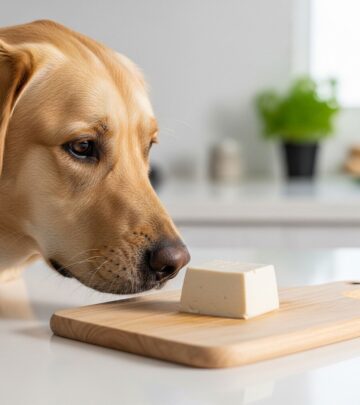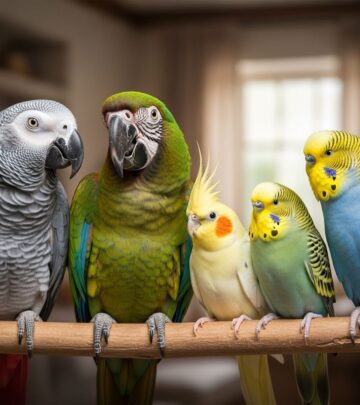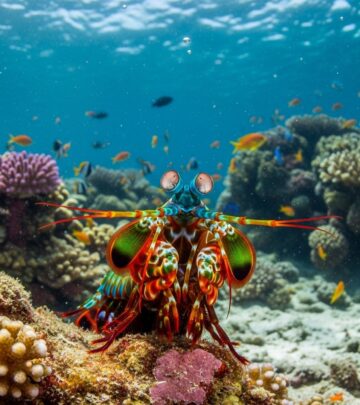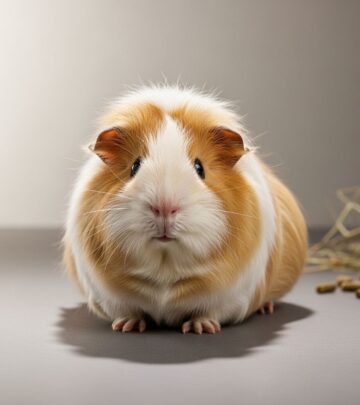Dilute Calico Cat: Expert Guide To Genetics, Care & Personality
Discover the unique genetics, soft pastel coloration, and special traits of these uncommon feline beauties
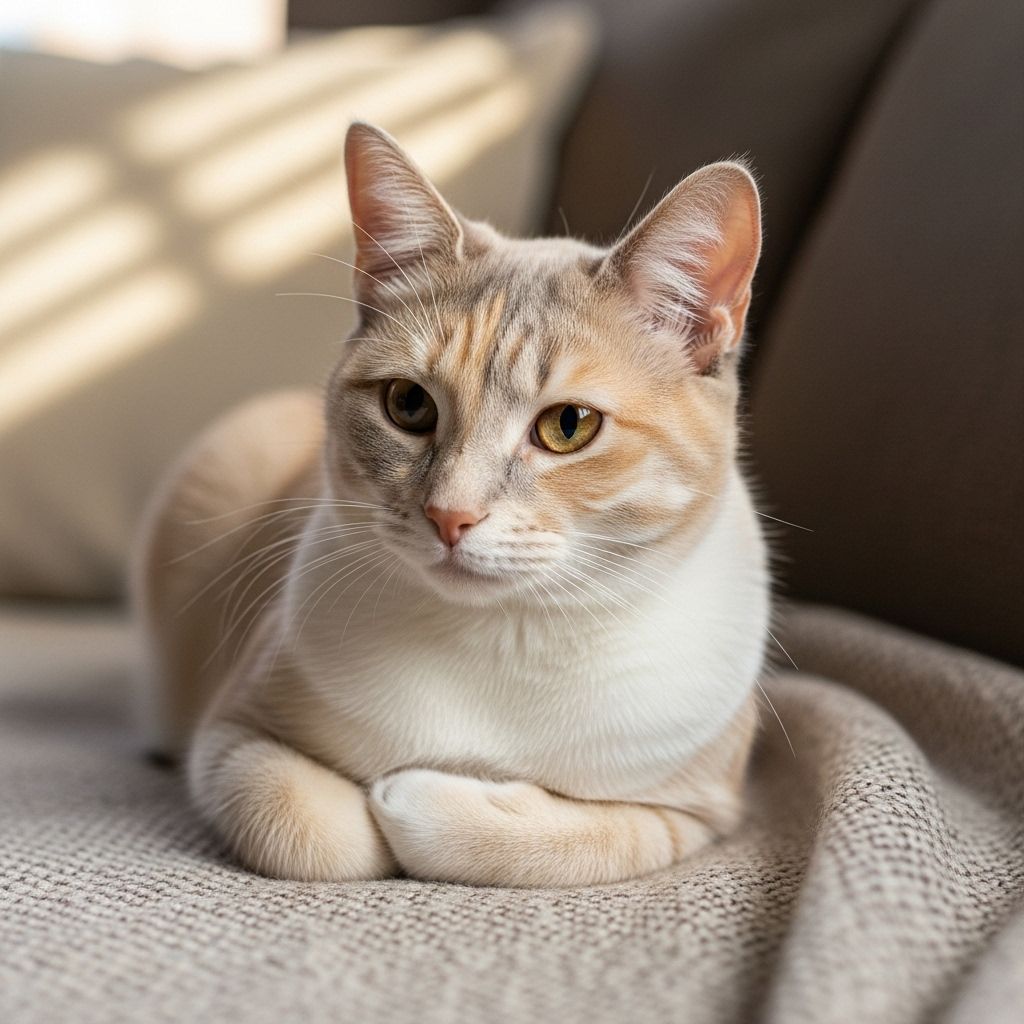
Image: HearthJunction Design Team
What is a Dilute Calico Cat?
Dilute calico cats represent a stunning variation of the classic calico pattern, characterized by softer, more muted coat colors that create a beautiful pastel appearance. While traditional calicos display bold patches of orange, black, and white, dilute calicos feature the same tri-color pattern but with gentler hues of blue-gray, cream, and white, sometimes with gold or silver tinges.
These enchanting felines are the result of specific genetic combinations that create their distinctive appearance. The dilution gene responsible for their softer coloration is recessive, meaning both parents must contribute this gene for kittens to display the dilute calico pattern, making these cats particularly rare and special.
Understanding Dilute Calico Genetics
The genetics behind dilute calico cats is fascinating and complex. Like standard calicos, dilute calicos have a genetic makeup that requires specific chromosomal arrangements:
- The calico pattern itself results from the interaction between the X chromosome (which carries coat color genes) and random X-inactivation in female cats
- The dilution gene affects melanin production, essentially “watering down” the standard calico colors
- Black becomes blue-gray or silver
- Orange becomes cream or pale ginger
- White patches remain unchanged
Because the calico pattern is linked to the X chromosome, dilute calicos are almost exclusively female. Male dilute calicos are extremely rare, occurring only in cases of genetic anomalies such as XXY chromosomes (Klinefelter syndrome), which occurs in approximately 1 in 3,000 male cats.
Dilute Calico vs. Standard Calico: Spot the Differences
While dilute and standard calicos share the same basic pattern structure, several key differences distinguish these feline varieties:
| Feature | Standard Calico | Dilute Calico |
|---|---|---|
| Color Intensity | Bold, vibrant colors | Soft, pastel-like colors |
| Black Patches | Deep, true black | Blue-gray or silver |
| Orange Patches | Bright orange or red | Cream or pale ginger |
| Overall Appearance | High contrast, dramatic | Subtle, watercolor-like effect |
| Rarity | Uncommon (1 in 1,000 cats) | Very rare (even less common) |
The primary distinction lies in color intensity rather than pattern distribution. Both varieties feature the characteristic random patches of three colors across their coat, but dilute calicos appear as though someone has gently lightened the classic calico’s bold palette.
Are Dilute Calico Cats Rare?
Dilute calico cats are indeed quite rare in the feline population. Standard calicos themselves are uncommon, with approximately only one in every 1,000 cats born with the classic calico pattern. Dilute calicos are even more scarce due to the genetic requirements for their coloration.
The rarity of dilute calicos stems from two primary factors:
- The recessive nature of the dilution gene means both parents must carry and pass this gene to their offspring
- The gene for the calico pattern itself is already relatively uncommon
- The combination of these two genetic factors makes dilute calicos particularly special
Breeding specifically for dilute calicos is challenging since the dilution gene can be masked by dominant genes, making it difficult to predict outcomes even when breeding cats with the desired traits. This genetic complexity contributes to their scarcity and makes owning a dilute calico a truly unique experience.
Personality Traits of Dilute Calico Cats
While coat color doesn’t directly determine personality, many dilute calico owners report certain temperamental traits that seem common among these beautiful cats. It’s important to note that individual personalities vary widely, but some frequently observed characteristics include:
Dilute calicos are often described as having sweet, gentle temperaments that match their soft coloration. Many owners characterize them as affectionate companions who form strong bonds with their human families while maintaining a sense of independence and dignity that’s quintessentially feline.
These cats frequently display a playful curiosity and intelligence that makes them engaging household companions. They often enjoy interactive toys and games that challenge their minds, though they typically balance their playful moments with plenty of relaxed lounging time.
Like their standard calico counterparts, dilute calicos sometimes exhibit what some call “calico attitude” – a touch of sass and strong-willed behavior that adds character to their personality. This trait can manifest as a determined streak or a particular way of communicating their desires to their human companions.
Many dilute calico owners note that their cats are excellent communicators, using a range of vocalizations, body language, and facial expressions to convey their needs and feelings. This communicative nature often contributes to the strong bonds they form with their families.
Caring for Your Dilute Calico Cat
Caring for a dilute calico cat involves the same fundamental considerations as caring for any domestic cat, with a few specific points worth noting:
Diet and Nutrition
Dilute calicos require a balanced, high-quality diet appropriate for their age, weight, and activity level. While there are no special dietary requirements specific to dilute calicos, providing optimal nutrition supports their overall health and helps maintain the beauty of their distinctive coat.
Grooming Needs
The grooming requirements for dilute calicos depend primarily on coat length rather than coloration. Short-haired dilute calicos typically need weekly brushing to remove loose hair and distribute natural oils, while long-haired varieties may require daily attention to prevent matting and tangles.
Regular grooming sessions offer an excellent opportunity to check for skin issues, parasites, or abnormalities that might be hidden under their beautiful coat. The light coloration of dilute calicos can sometimes make it easier to spot potential skin problems.
Health Considerations
Dilute calicos aren’t predisposed to specific health issues based solely on their coat color. However, as predominantly female cats, they may face health concerns common to female felines, such as reproductive health issues if not spayed.
Regular veterinary check-ups, appropriate vaccinations, dental care, and parasite prevention remain essential components of responsible dilute calico ownership, just as with any cat.
Dilute Calico Cats in Popular Culture
Throughout history, calico cats including their dilute variations have held special significance in various cultures. In Japan, calicos (called “mi-ke” or three-fur) are considered symbols of good fortune. The dilute version, with its softer appearance, is sometimes associated with additional qualities of gentleness and grace.
Many famous literary and media cats have sported the calico pattern, though specifically dilute calicos have received less mainstream attention than their more vivid counterparts. Nevertheless, their unique appearance makes them popular subjects for cat photographers and artists captivated by their subtle, watercolor-like coloration.
The rarity and beauty of dilute calicos have earned them dedicated admirers in cat enthusiast communities worldwide. Social media platforms feature numerous accounts dedicated to these pastel beauties, where owners share photos and stories celebrating their distinctive appearance and personalities.
Finding a Dilute Calico Cat
If you’ve fallen in love with the gentle beauty of dilute calico cats and wish to welcome one into your home, there are several avenues to consider:
Adoption
Animal shelters and rescue organizations occasionally have dilute calico cats available for adoption. While their rarity means they might not be readily available, establishing a relationship with local rescues and indicating your interest can help you find one in need of a loving home.
Breed Considerations
Remember that “dilute calico” describes a coat pattern rather than a specific breed. This pattern can appear in many breeds, from domestic shorthairs to Maine Coons, Persians, and others. If you’re interested in a particular breed with dilute calico coloration, specialized breed rescues or reputable breeders might be appropriate resources.
When seeking a dilute calico, prioritize the cat’s health, temperament, and compatibility with your household over specific color preferences. While these cats are undeniably beautiful, the most important factors in successful cat ownership remain proper care, commitment, and love.
Frequently Asked Questions (FAQs)
Q: Are dilute calico cats always female?
A: Almost always. Like standard calicos, dilute calicos are nearly exclusively female due to the genetics of coat color being linked to the X chromosome. Male dilute calicos are extremely rare, occurring only in cases of genetic anomalies such as XXY chromosomes (Klinefelter syndrome).
Q: Do dilute calico cats have special health needs?
A: Dilute calicos don’t have specific health requirements based on their coat color. They need the same preventive care, nutrition, and veterinary attention as any other cat. Their health needs are more likely to be determined by their breed and individual factors.
Q: Can two non-calico cats produce a dilute calico kitten?
A: Yes, if both parents carry the necessary genetic information. For example, a black cat carrying the orange gene bred with an orange cat carrying the dilution gene could potentially produce dilute calico offspring, though specific outcomes depend on complex genetic factors.
Q: How can I tell if my cat is a dilute calico or a dilute tortoiseshell?
A: The primary difference is the presence of white. Dilute calicos have significant white patches alongside their blue-gray and cream colors, while dilute tortoiseshells (sometimes called “blue creams”) have only the blue-gray and cream colors intermixed without distinct white areas.
Q: Do dilute calico cats change color as they age?
A: While the basic pattern remains stable, some subtle changes can occur. Dilute calicos may experience slight color shifts as they mature from kittens to adults, and senior cats sometimes develop white or gray hairs similar to humans. However, dramatic color changes are unusual and might indicate health concerns.
References
Read full bio of Anjali Sayee






